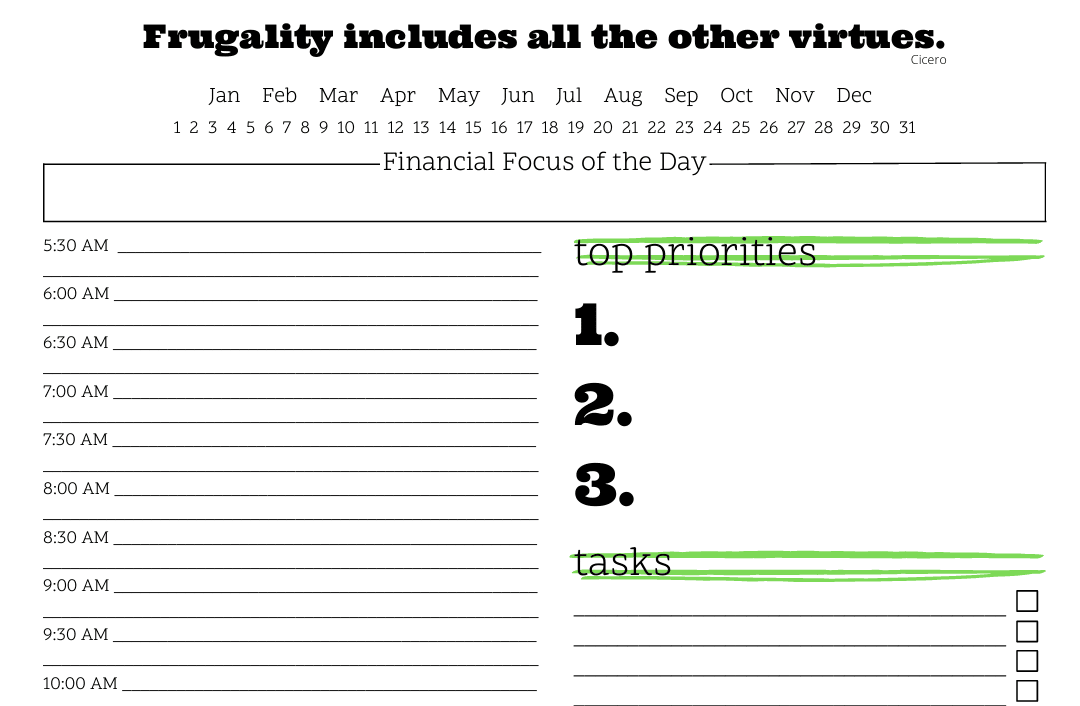This article may contain references to products or services from one or more of our advertisers or partners. We may receive compensation when you click on links to those products or services. Nonetheless, our opinions are our own.
Donating to charity feels good, but did you know it can also help you save money on taxes? If you’re like most taxpayers, you want to maximize your refund. Claiming tax deductions for charitable donations is one of the best ways to do that.
But it’s not as simple as writing a check and getting a refund. There are rules to follow and steps to ensure you’re eligible for a deduction. From choosing the right organizations to keeping track of your donations, every step matters.
In this guide, we’ll walk you through how to claim deductions for your charitable donations. We’ll also share tips to ensure you get the biggest refund possible. Let’s begin!
Choose Eligible Charitable Organizations
Not every donation qualifies for a tax deduction. To ensure your contributions count, you must donate to recognized nonprofit organizations that operate for charitable, educational, religious, or humanitarian purposes.
Charities such as the National Kidney Foundation of Hawaii are great examples of organizations meeting these requirements. Contributions to local community foundations, public charities, and certain private foundations may also qualify.
Donations made to political groups, individuals, or for-profit companies will not be eligible for tax deductions. It’s always wise to research and confirm the charity’s legitimacy before donating. Supporting the right organizations increases the impact of your contribution and secures your eligibility for valuable tax deductions.
Understand What Types of Donations Are Deductible
Donations go beyond cash. Other types of contributions may also be deductible, and knowing which ones count can help you increase your refund. For example, when you donate a car, you’re not only helping a charity, but you’re also creating an opportunity for a significant tax deduction.
However, learning how to donate a car properly is important as it ensures you’re following the right process to claim the deduction. The amount you can deduct depends on how the charity uses it. If the charity sells the car, your deduction will be based on the sale price. If the car is used for the charity’s mission, you may be able to claim its fair market value.
Other deductible donations include clothing, furniture, and even certain investment assets. These non-cash donations can add up quickly, especially when properly documented. Make sure you keep receipts and records to prove the value of your donations when tax time comes around.
Keep Accurate Records of Your Donations
Documentation is key if you want to claim a deduction. Without the right proof, the IRS may deny your deduction.
Here’s what you’ll need to keep for each type of donation:
- For cash donations: Get a receipt or acknowledgment from the charity, especially for donations over $250. Bank and credit card statements also work as proof.
- For non-cash donations: Keep a list of the items you donated, along with the fair market value. Snap a photo as extra proof.
- For stocks and investments: You’ll need records showing the date of transfer, value, and confirmation from the receiving charity.
- For volunteer expenses: Keep receipts for travel costs, supplies, and uniforms.
Organize your donation records throughout the year. By tax time, you’ll have everything you need to support your claim.
Use the Right Tax Forms and Filing Method
To claim deductions for charitable donations, you’ll need to itemize your deductions instead of taking the standard deduction. This requires filing Schedule A with your Form 1040 tax return.
Here’s how to do it:
- Add up all eligible donations: cash, non-cash items, and volunteer-related expenses.
- Report your total on Schedule A: Enter the total amount of your charitable contributions.
- Complete Form 8283 for non-cash donations: If your non-cash donations are over $500, fill out this form.
If your total itemized deductions (including mortgage interest, medical expenses, and donations) are higher than the standard deduction, you’ll benefit from itemizing. Otherwise, it’s better to take the standard deduction.
Common Mistakes to Avoid When Claiming Charitable Deductions
Making mistakes when claiming charitable deductions can cost you money or even lead to an audit. One common mistake is failing to keep proper records of your donations. If you don’t have a receipt or proof of the contribution, the IRS may reject your deduction.
Another mistake is overestimating the value of donated items, like clothing or furniture. It’s important to use fair market value, not the original purchase price when valuing these items. Donating to organizations not qualifying as tax-exempt charities is another common issue.
Be sure to review the rules and double-check your documentation to avoid these costly errors.
Final Thoughts
Charitable donations not only support meaningful causes but also provide a chance to lower your tax bill. By understanding the rules for eligible organizations and deductible items, you can make smarter contributions. Accurate record-keeping and strategic giving, like bunching donations, increase your chances of maximizing deductions. Plan ahead and give wisely.

Reviewed and edited by Albert Fang.
See a typo or want to suggest an edit/revision to the content? Use the contact us form to provide feedback.
At FangWallet, we value editorial integrity and open collaboration in curating quality content for readers to enjoy. Much appreciated for the assist.
Did you like our article and find it insightful? We encourage sharing the article link with family and friends to benefit as well - better yet, sharing on social media. Thank you for the support! 🍉
Article Title: How to Claim Tax Deductions for Charitable Donations (and Maximize Your Refund)
https://fangwallet.com/2024/12/19/how-to-claim-tax-deductions-for-charitable-donations-and-maximize-your-refund/The FangWallet Promise
FangWallet is an editorially independent resource - founded on breaking down challenging financial concepts for anyone to understand since 2014. While we adhere to editorial integrity, note that this post may contain references to products from our partners.
The FangWallet promise is always to have your best interest in mind and be transparent and honest about the financial picture.
Become an Insider

Subscribe to get a free daily budget planner printable to help get your money on track!
Make passive money the right way. No spam.
Editorial Disclaimer: The editorial content on this page is not provided by any of the companies mentioned. The opinions expressed here are the author's alone.
The content of this website is for informational purposes only and does not represent investment advice, or an offer or solicitation to buy or sell any security, investment, or product. Investors are encouraged to do their own due diligence, and, if necessary, consult professional advising before making any investment decisions. Investing involves a high degree of risk, and financial losses may occur including the potential loss of principal.
Source Citation References:
+ Inspo











































